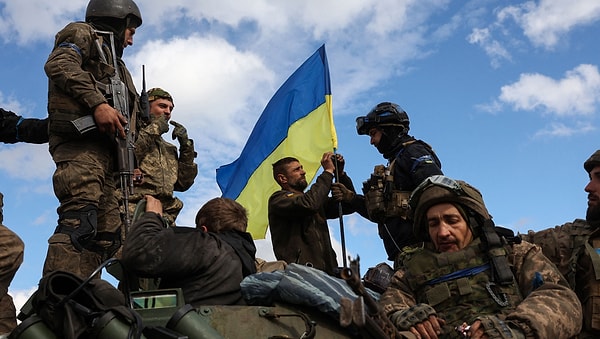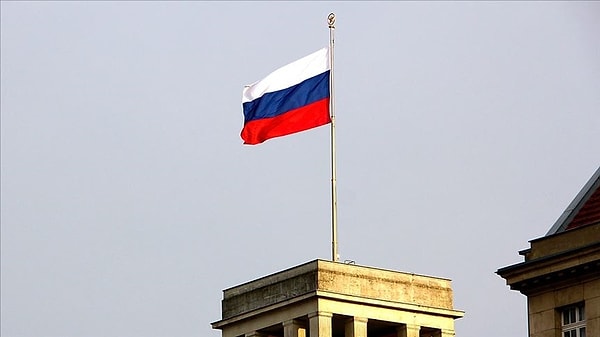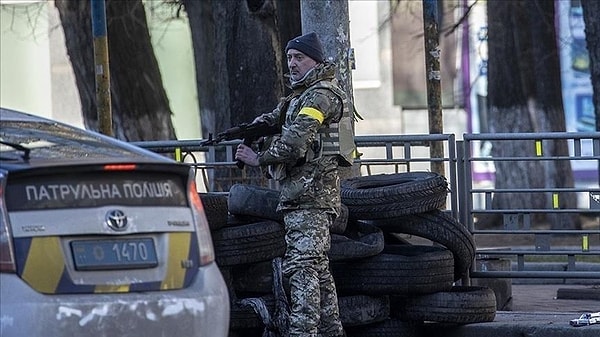The Ukraine-Russia war has reached a sobering milestone—1,000 days since Russian President Vladimir Putin announced a “special military operation” on February 24, 2022. The conflict, which has claimed thousands of lives, saw an unprecedented escalation as Ukraine launched U.S.-supplied ATACMS missiles, striking Bryansk, a Russian city. While Russian authorities claimed five of the six missiles were intercepted, this marked a pivotal shift in the war’s dynamics. With rising concerns over NATO involvement and Russia’s revised military doctrine permitting nuclear retaliation, fears of a global conflict loom larger than ever. Here’s everything you need to know about this high-stakes development.
Day 1,000 of the Ukraine-Russia War: ATACMS Strike Marks a Turning Point Amid WWIII Fears
0

According to a statement by the Russian Ministry of Defense, six long-range ATACMS missiles launched by Ukraine were detected by Russian air defense systems, with five of them intercepted mid-air.

Debris from one of the missiles struck a military facility in the area, causing a fire.
Neither Ukraine nor the United States has issued a statement confirming the use of ATACMS missiles.

As reported by NTV, Russian Foreign Minister Sergey Lavrov remarked,
'Ukraine's use of ATACMS missiles is a clear sign of their intent to escalate the war. We released an updated nuclear doctrine today, and President Putin has already issued warnings in this regard.'
Russian President Vladimir Putin previously stated that "allowing Ukraine to attack Russian territory would mean NATO countries, the US, and European nations are directly participating in the war in Ukraine."
Dmitry Medvedev, Deputy Chairman of Russia's Security Council, also warned,
'The use of NATO missiles in this manner could be considered an attack by alliance countries against Russia. In such a scenario, we reserve the right to retaliate with weapons of mass destruction against Kyiv and NATO elements. This would lead to World War III.'

